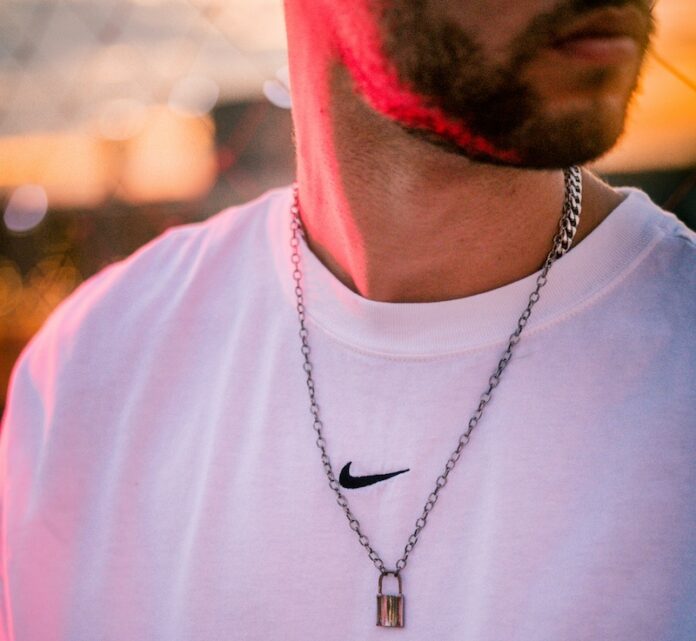In the ever-evolving landscape of fashion, logos and branding have transcended traditional boundaries, evolving into a powerful means of self-expression and style. The journey of branded apparel, particularly the transformation of car logos into iconic fashion statements, reflects a fascinating intersection of luxury, culture, and individuality. Let’s delve deeper into this evolution to understand how logos have evolved from mere symbols of ownership to coveted fashion icons.
The Early Days: Logos as Status Symbols
At the dawn of the 20th century, luxury car manufacturers such as Rolls-Royce, Mercedes-Benz, and Cadillac began incorporating their logos into clothing items as a way to extend their brand identity beyond automobiles. The presence of these logos on apparel signified exclusivity and prestige, appealing to affluent individuals who sought to showcase their association with renowned automotive brands. These early forays laid the groundwork for the integration of logos into the fabric of fashion culture.
The Rise of Streetwear: Logos in Urban Culture
The latter part of the 20th century witnessed the emergence of streetwear as a dominant fashion movement, particularly during the 1980s and 1990s. Brands like Nike, Adidas, and Puma began prominently featuring their logos on clothing, especially sportswear and sneakers. This pivotal shift marked the transition of logos from symbols of luxury to symbols of urban culture. Logos became more than mere branding; they became a form of self-expression, with consumers using branded apparel to communicate their tastes and affiliations within the context of street culture.
Logomania: The 2000s and Beyond
The turn of the millennium ushered in the era of “logomania,” characterized by the excessive display of logos and branding on apparel. Luxury fashion houses such as Gucci, Louis Vuitton, and Chanel embraced this trend, creating iconic pieces adorned with their recognizable logos. Logos were no longer just symbols of brand allegiance; they became coveted fashion statements in their own right. Consumers eagerly sought out logo-emblazoned items to assert their identity and showcase their awareness of fashion trends.
The Intersection of Fashion and Automotive
More recently, the convergence of fashion and automotive industries has given rise to captivating collaborations. Car manufacturers like Ferrari, Porsche, Lamborghini, and Ford have ventured into the realm of fashion, producing clothing lines that mirror the spirit and aesthetics of their iconic vehicles. These collaborations blur the boundaries between automotive engineering and haute couture, appealing to a diverse audience of car enthusiasts and fashion connoisseurs alike. While Ford apparel may be a sound gift for a petrolhead, Ferrari merchandise will look reasonable on a New York catwalk. The result is a fusion of functionality and style, where apparel pays homage to automotive heritage while making a bold fashion statement.
Modern Interpretations: Logos with a Twist
Today, logos on apparel continue to evolve, with fashion designers pushing creative boundaries. From subtle embroideries to bold graphic prints, logos are integrated into garments in innovative ways that capture the imagination of consumers. Logos are no longer passive symbols but dynamic elements that contribute to the overall design aesthetic. Fashion enthusiasts experiment with mixing branded pieces with other styles, creating unique looks that reflect their personalities and narratives.
The Future of Branded Apparel
Looking ahead, the future of branded apparel promises even more innovation and evolution. As sustainability and personalization gain traction in the fashion industry, logos might take on new forms that resonate with eco-conscious and individualistic consumers. Collaborations between automotive giants and fashion houses could redefine what it means to wear your passion on your sleeve—or across your chest. This convergence of industries underscores the transformative power of logos in fashion, where branding transcends commercialism to become a vehicle for self-expression and storytelling.
In conclusion, the evolution of branded apparel—from car logos to fashion statements—underscores the dynamic relationship between branding, culture, and individuality. What started as a symbol of status has evolved into a canvas for creativity and identity. Whether you prefer classic logos or contemporary interpretations, one thing is clear: branded apparel is more than just clothing; it’s a narrative waiting to be woven into the fabric of personal style.

